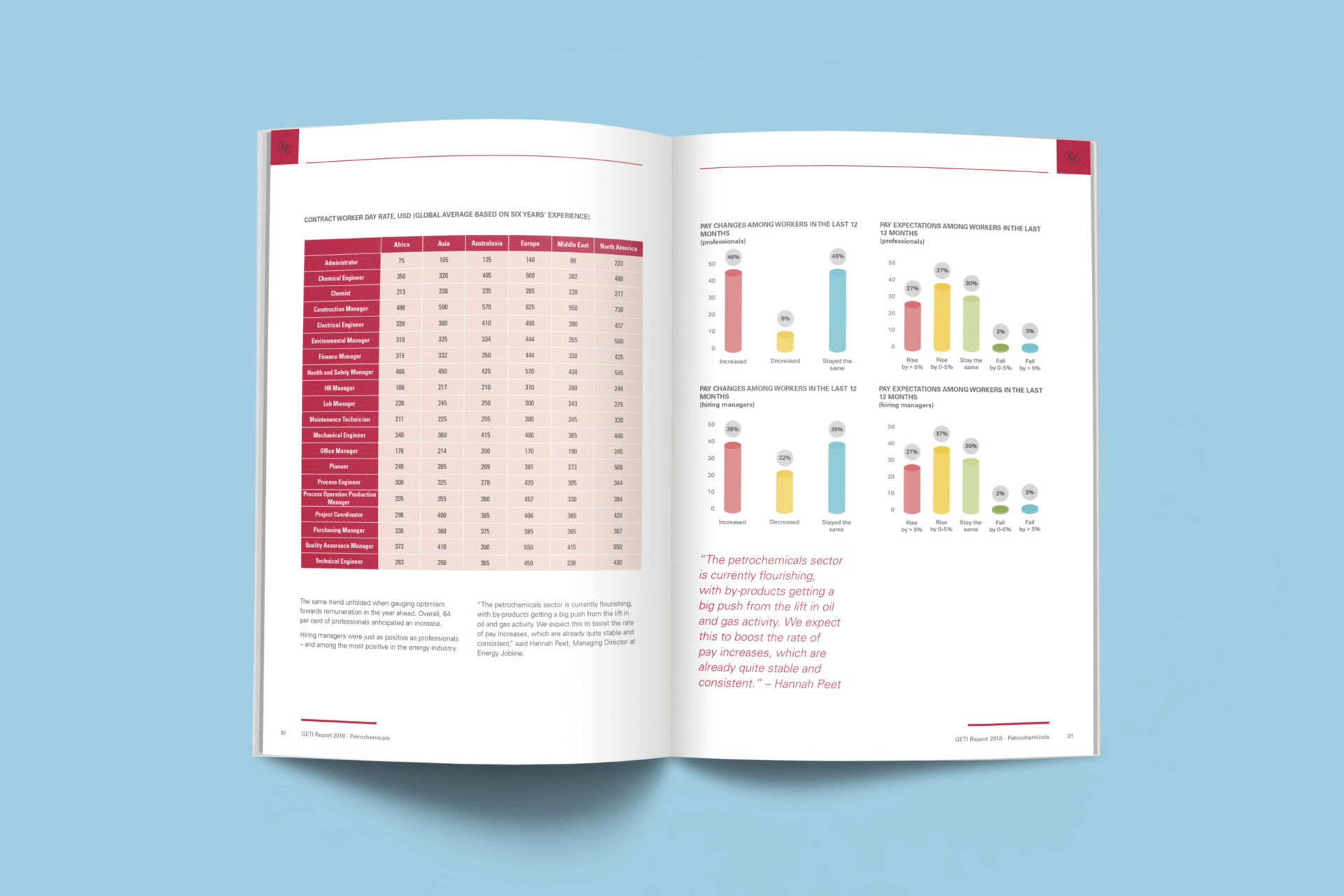Effective thought leadership: what makes a good report?

By Daniel George
When executed well, an annual report or index is an exceptionally powerful marketing tool.
With each year that passes, your data gets deeper, your insights more interesting and the stories you can tell get richer and more meaningful.
This should yield coverage, downloads and leads that grow in number year on year, as the media (and your wider audience) come to look forward to the report’s release – not only to cover it in isolation but to inform their thinking on a range of wider issues and stories.
Simply put, the very best reports don’t just contribute to conversations. They frame the discussion on the brand’s own terms – causing the competition to follow suit. This is thought leadership in the truest sense. And it can lead to reports not only boosting a brand – but even growing into respected brands in their own right.
Improve your thought leadership approach: book a free 30-minute consultation now
At Aspectus, we have conceived of, researched and authored some of the most influential reports in our clients’ sectors. And, while the success of a report can depend on any number of factors, here are five essential elements that any approach absolutely must include:
Repeat the trick
A single set of stats is great, but there’s a limit to how many stories you can tell with one year’s data in isolation. However, ask the same questions year-on-year and you can start to show how things are changing – and explain why.
Keep up with the times
That said, to pique people’s interest, reports must remain relevant – not just to the big picture but also to the concerns of the present.
Dedicate a portion of the report to an issue that your audience is currently preoccupied with. This helps to guarantee readers and keeps them interested by directly informing their current decision-making, as well as providing a timely hook for you to tell your bigger picture annually recurring story.
Add your own insight
The value of a good report isn’t in the data itself. It’s in the conclusions you draw, and the decisions you help readers come to. So it is imperative that any report you write is jam-packed full of your thinking – whether in the form of your own data, or the thoughts of your own spokespeople and those of your network.
Tell a story
Our minds learn best when given a narrative to follow. So it’s important to present findings within the context of a wider story. This is as true for individual reports as it is for your wider communications campaigns.
This story can be told in all sorts of ways – from setting the scene as a problem to be solved to drawing historical parallels or creating an engaging analogy. The key is to ensure the message lands with as much force as you can muster.
Snackable content tastes better
Reports should be written and designed to be easily broken up for use in wider marketing. Recast, retell and replay is our mantra when it comes to content, so each chapter should be easily adapted into a standalone article, blog and social media post. And every graph should be shareable as a standalone stat or part of a wider infographic.
This ensures that not only does the report punch above its weight at launch, but it also provides a platform upon which you can base six months-plus of marketing activity. Maximising return on your investment and further strengthening anticipation of the following year’s report.
All that remains is to repeat the trick next year!
Do you want to know how to improve your current thought leadership approach? Book a free 30 min consultation.
Related News
-

Getting AI to train your spokespeople
June 27, 2025 -

25 years of TradeTech – the good, the bad and the road ahead
May 19, 2025